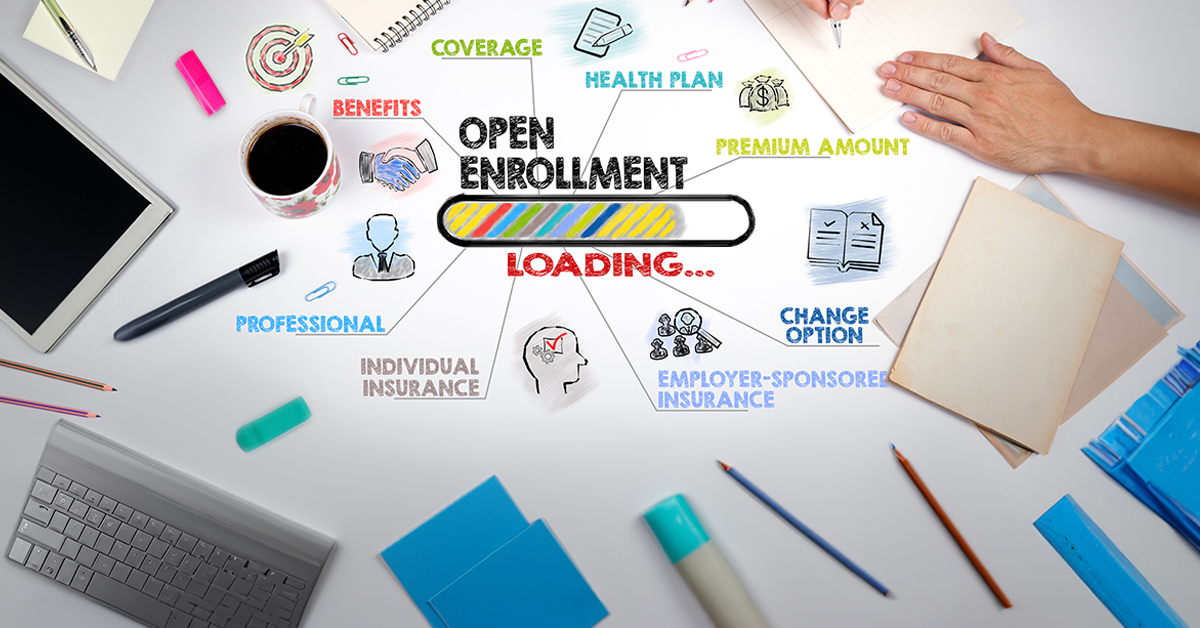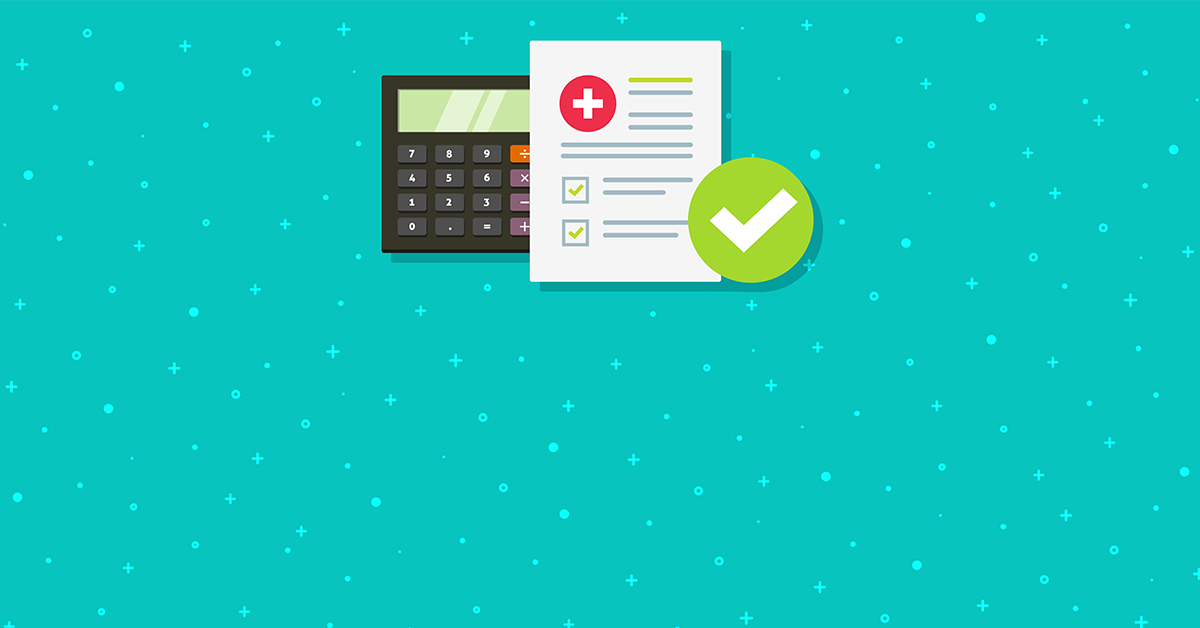HR spends a lot of time educating employees about retirement savings and encouraging them to make the most of company 401(k)s and other plans. But when the time (finally) comes to retire, will they be prepared? There are many decisions to make as retirement approaches, and you can make sure older employees have all the information they need to choose wisely. You’re not alone, though… managers and local HR can be a big help.
The retirement planning process is full of math, dates, and to-do’s. Any document you put together can easily become a wordy instruction manual instead of a helpful how-to guide. To avoid creating a long, laborious manuscript, consider creating a retirement “kit.”
At the same time, equip your local HR reps and managers with the information they need to help employees cross the finish line. They should be able to answer questions, and they may be the ones to sit down across the table and go through the timelines and numbers with the employee.
Guidance, Checklists and Worksheets: One Company’s Success Story
See how this company first helped HR staff better understand the process, then created a friendly guide and worksheet for employees.
The Employee Retirement Kit
- Getting Ready — Create a guide that clarifies what they should be considering ahead of time. Guide them in choosing the official date, notifying their manager, thinking through health insurance, accessing retirement savings (including social security), paying off 401(k) loans, etc. For some, once they’ve considered the money and benefits they’re leaving behind, they may decide it’s not the right time.
- Timeline and To-Do’s — Starting at least 90 days out from the retirement date and continuing one month post-retirement, create a detailed list of to-do’s segmented into time periods. Maybe it’s 90 days out, 30 days out, and one month after.
Health Insurance: A Complicated Priority
Knowing they’ll have adequate health care coverage during retirement can be the most worrisome aspect of the process. Consider creating a separate communication about how Medicare works, and COBRA if that’s an option. Often, companies will bring in a financial specialist to talk with retiring employees.
The HR/Manager Guide
- Conversation Guide — From helping them set a retirement date to turning in equipment on the last day, a well-crafted guide helps ensure all boxes are checked and accurate information is imparted. A face-to-face meeting is best, with the guide serving as a discussion document to go through topics, such as:
- Is the chosen retirement date feasible?
- What happens with unused vacation time?
- When do various company benefits end, and is COBRA available?
- How do they access retirement funds?
- What happens on their last day?
- Retirement Worksheet — Create a fillable form for HR/mangers to easily document the decisions made during the meeting. It’s a takeaway for employees as they move throughout their retirement to do’s.
A documented, plain-language retirement process goes a long way in helping employees (and HR/managers) stay organized, on track, and confident (hence, less anxious).
Follow us on LinkedIn for more insight, advice, communication samples, and more.



